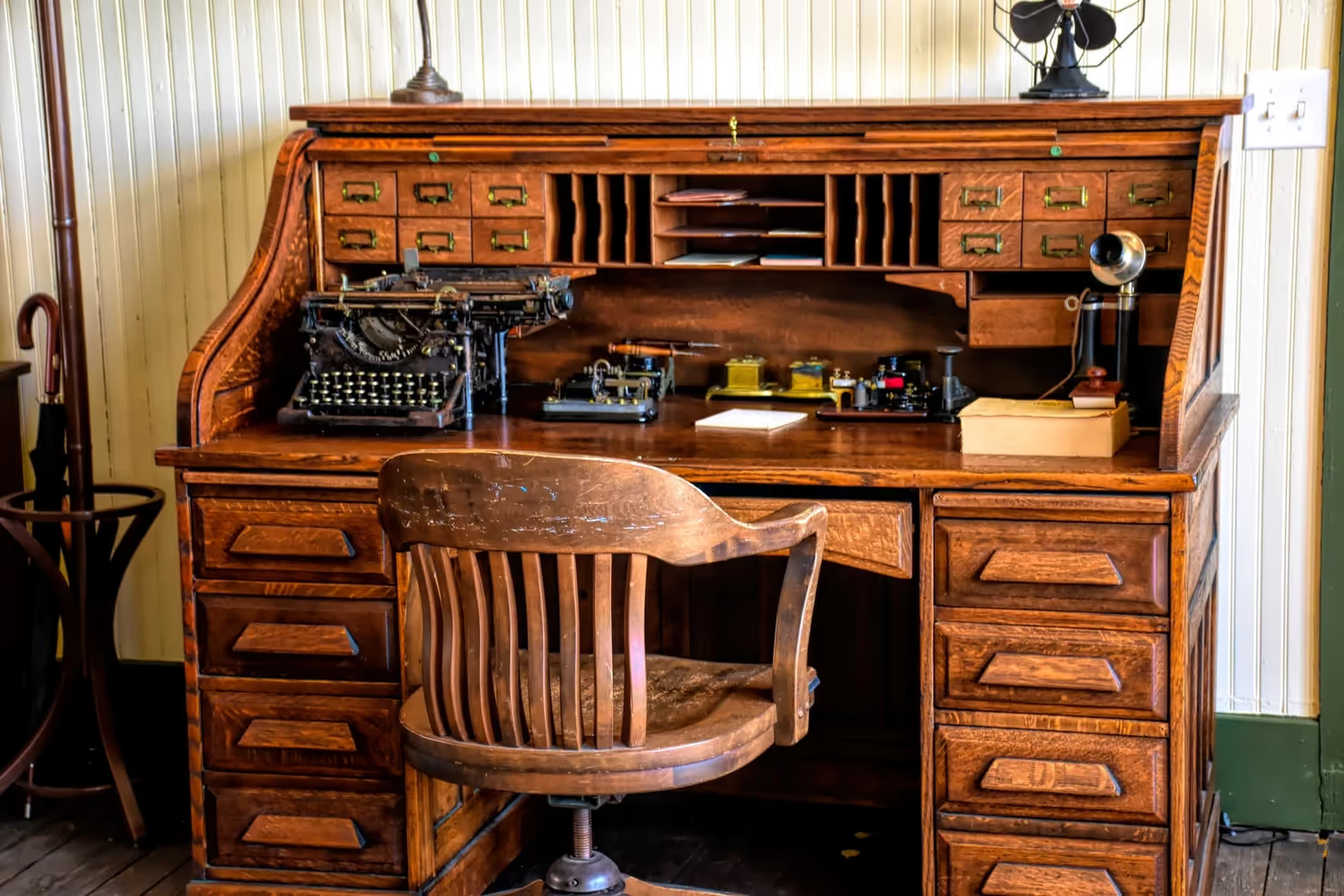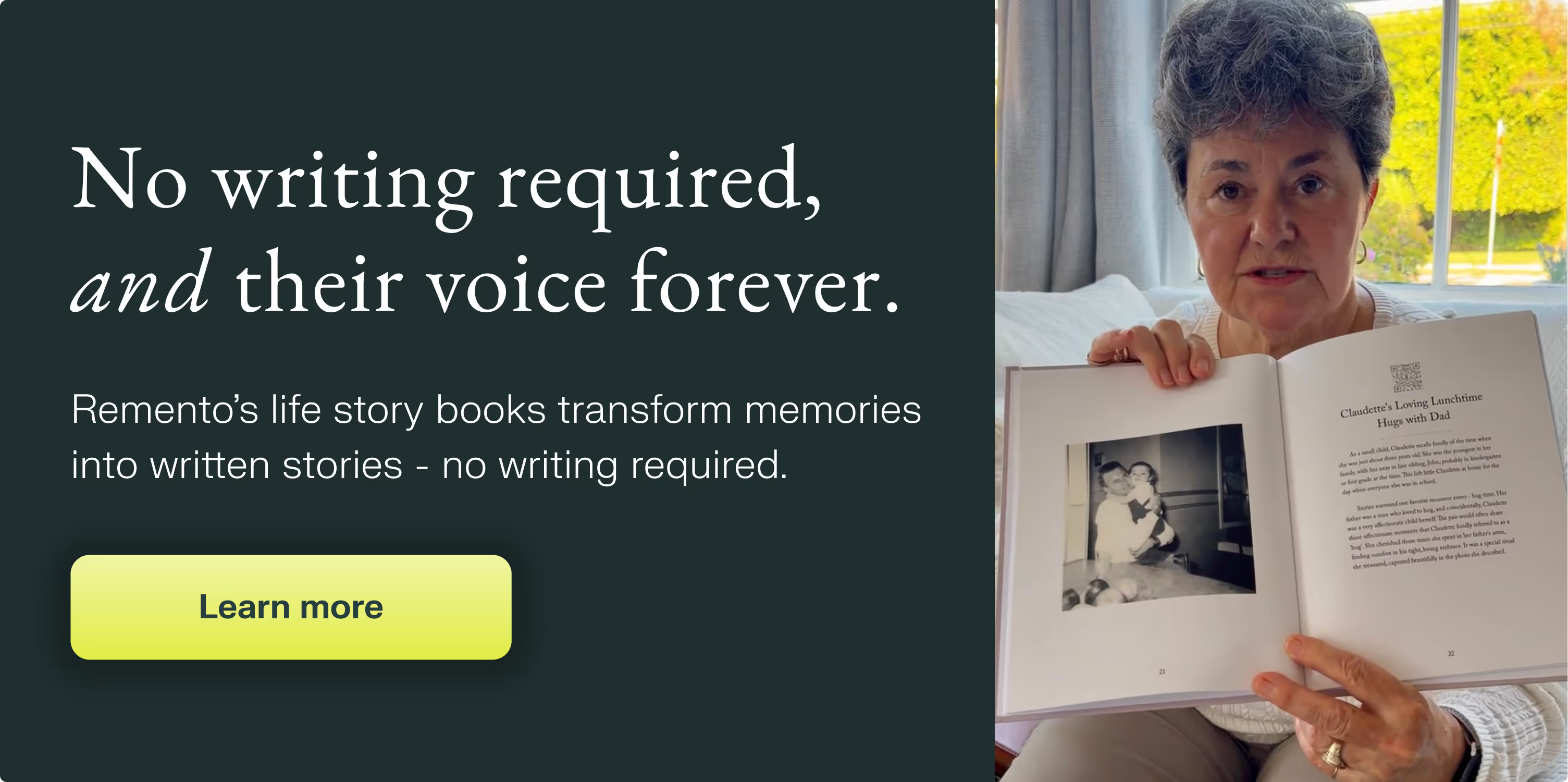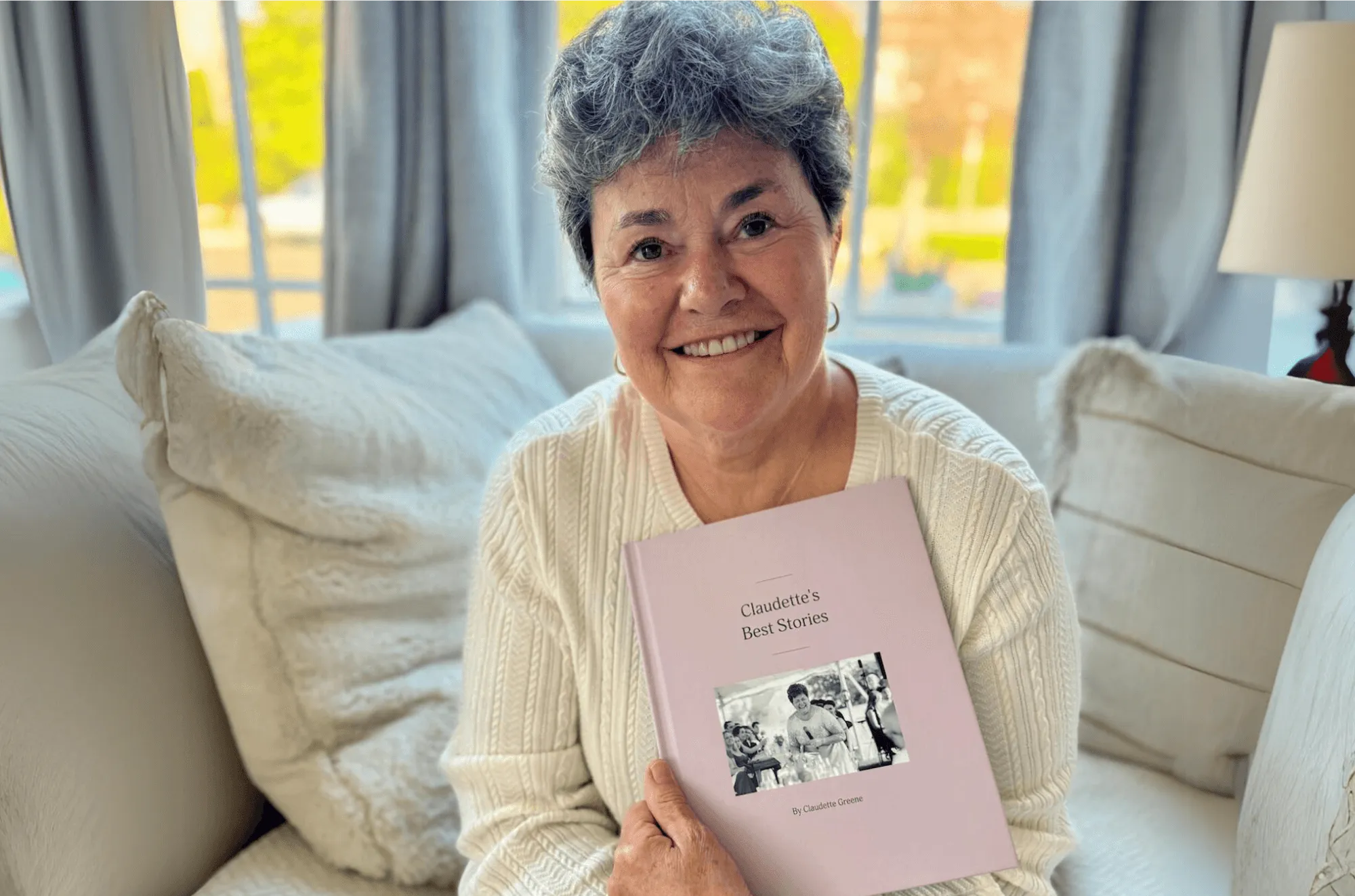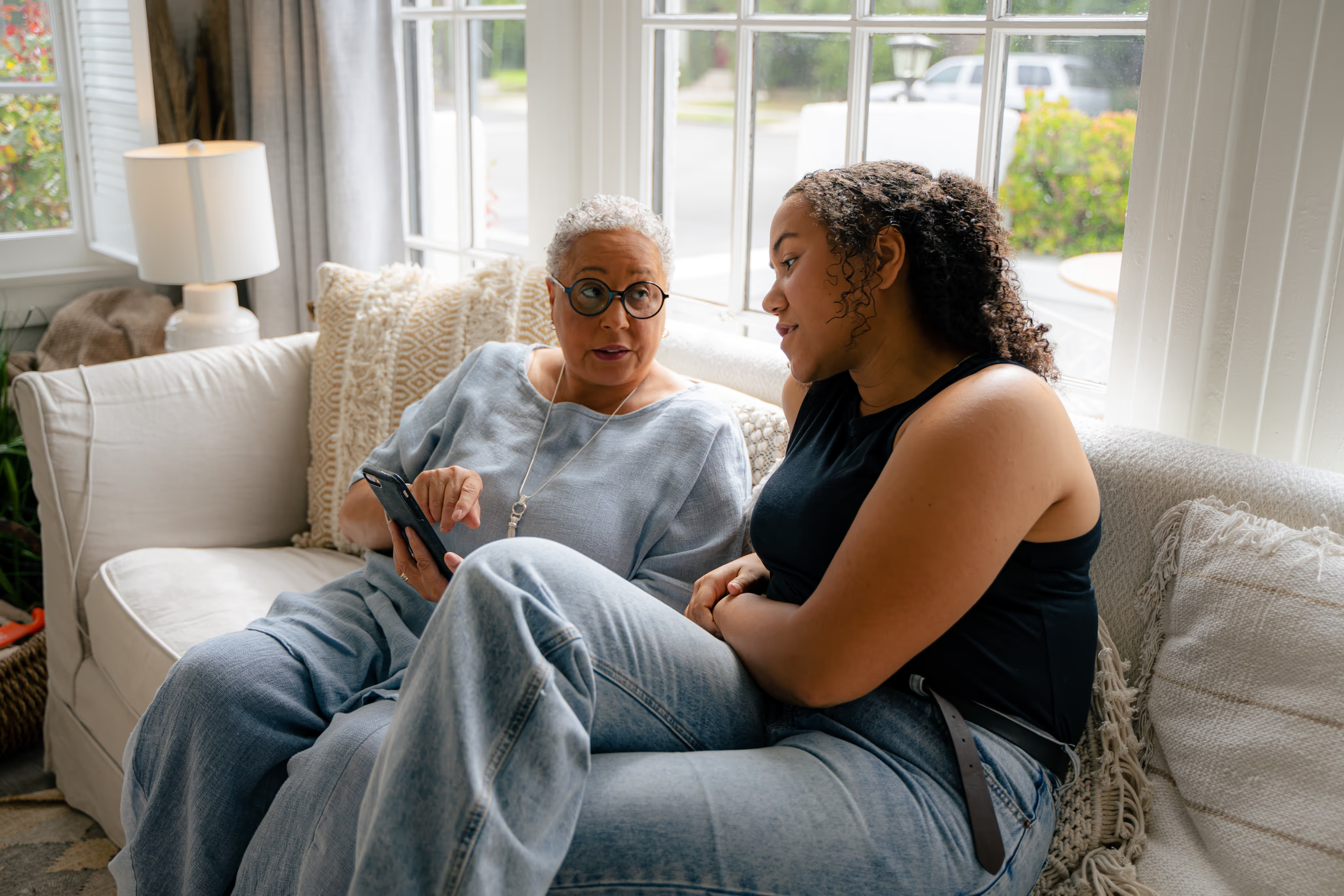Guaranteed to teach you things you never knew.
How to Document the Stories Behind Family Heirlooms
Three easy steps to ensure the history behind your family heirlooms is preserved – plus questions to help you unlock their stories.
Family heirlooms connect the past to the present in a uniquely personal way. From furniture to jewelry to military memorabilia, these objects embody history and lived experiences. Passing your hands across a worn table or smoothing out the creases in a christening gown sparks the imagination of what those who came before may have felt or done. Caring for and preserving these precious items is a way to honor the past, remember family members, and even pass our heritage down to the next generation.
It is easy to lose the history behind these objects over time, however. Memories fade like old photographs and time ravages even the hardiest of hard woods. In addition to physical preservation of family heirlooms, documenting the stories behind them is an important way to carry forward their history and meaning.
The three key steps to documenting the stories behind your family heirlooms are:
- Identify your family heirlooms
- Find your expert
- Record the story

How to Document the Stories Behind Family Heirlooms
1. Identify Your Family Heirlooms
The first step is to identify the items you consider heirlooms. These could be photographs, art, figurines, baseball cards, clothing, furniture, jewelry - anything at all. It might be an item in your possession or something that a relative has in their home. It could be worth a lot of money or have deep sentimental value, what matters is that it is important to you or your family.
2. Find Your Expert
Next, figure out who knows the most about each item. Typically your best bet is to start with your oldest living relatives - or whoever passed the item down to you. There may be written accounts or old family photos. You may know enough about an item's origin to start piecing together its story, but collect any and all info you can.
3. Record the Story
How you preserve a family heirloom will vary based on the item itself of course, but at a minimum we recommend taking photos and notes and storing them with other important documents. This might be digitally, in a photo album, or even in a safe - whatever makes sense for you. Try and capture a description of the item, when and where it came from, who owned it, and what it was used for.

If you're lucky enough to have a living relative who knows the story behind an heirloom, record a video of them talking about it. You will not only capture the history of the object but also create a wonderful memento of that family member. You'll get much more nuance and emotion from a video versus a few notes on paper. Here are some questions to help get you started (or use the Remento app which has a pre-created set of prompts to make it even easier):
- What is this object?
- What was it used for?
- Where did it come from?
- Who has used it or owned it over the years?
- Why is it important? What does it mean to you?
- What memories or stories do you have about this object?
- What do you hope happens to it?
- What do you want other people to know about this object?
- Who else in our family might have a story about this?

Their stories, forever at your fingertips
Remento’s life story books turn a parent or grandparent’s memories of the past into a keepsake book for the future - no writing required.
Capture priceless family memories today
Join the thousands of families using Remento to preserve family history, all without writing a word.
.avif)
